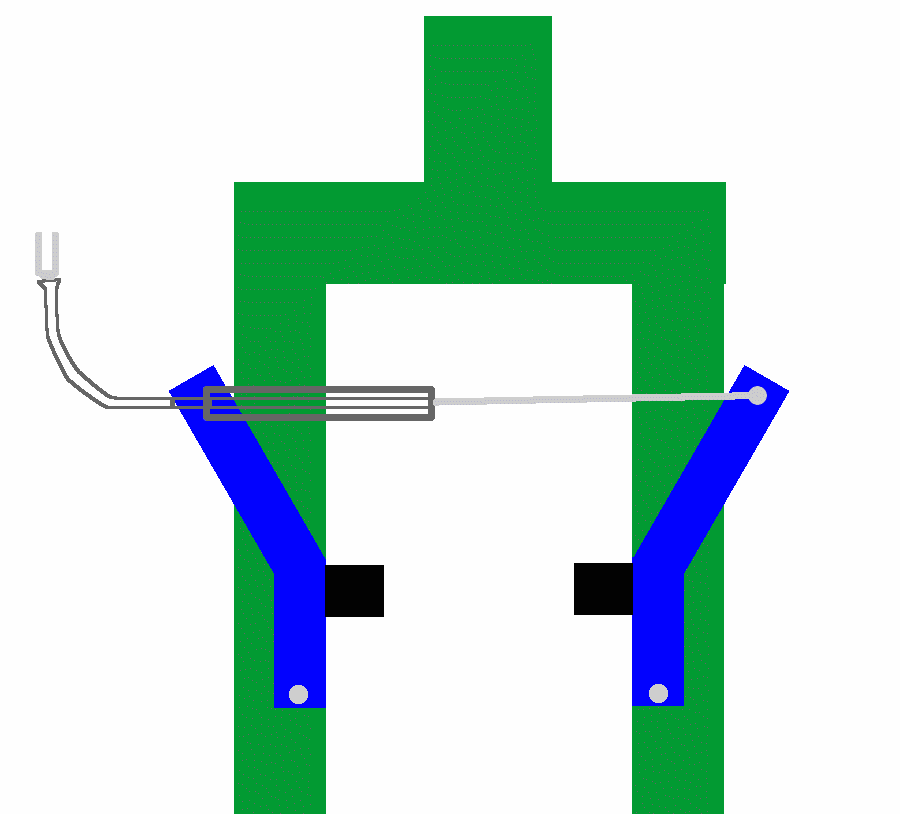Adjusting V Brakes


 |
V brakes have two pivots, each attached to the fork or a
horseshoe shaped implement attached to the fork. They use a single
cable coming in from the side rather than a transverse (Y shaped) cable
from above. V brakes typically have very high mechanical advantage, meaning that you need to pull a lot of cable to get the brake shoes to move just a little bit. This means that on a perfectly adjusted bike, V brakes are incredibly powerful, capable of flipping the bike. However, if things come just a little bit out of adjustment, braking power decreases dramatically. V brakes require significant maintenance. |
[ Troubleshooters.Com | Email Steve Litt ]
 Copyright
(C)2007 by Steve Litt. -- Legal
Copyright
(C)2007 by Steve Litt. -- Legal